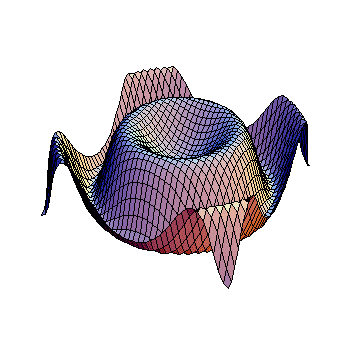What is the advantage of a logarithmic model?
1 Answer
There are two main advantages: linearization and ease of computation / comparation, the former of which ties into the second.
Explanation:
The easier one to explain is the ease of computation / comparation.
The logarithmic system I think that's simple to explain is the pH model, which most people are at least vaguely aware, you see, the p in pH is actually a mathematical code for "minus log of", so pH is actually
And this is useful because in water, the H, or concentration of free protons (the more around, the more acidic), usually varies between
Even though we lost the basic intuition we had with the original scale (where we know that, for example
And that also helps with the first part, because you see, sometimes stuff in nature works exponentially, like for example, one type of analysis you might find in a chemical laboratory would look like this with raw data:
graph{10^(-x+2)+2 [-0.21, 19.79, -0.12, 9.88]}
But as soon as you take the log of it, it comes out more like
graph{x-2 [-0.21, 19.79, -0.12, 9.88]}
And the thing is, we can and like working with lines much more than that other curve, the line can be more easily manipulated, you can interpolate data much more easily, it's just simpler for the poor researchers to take the log.

